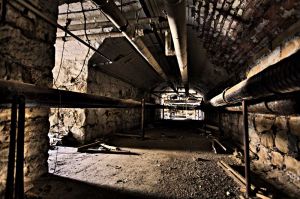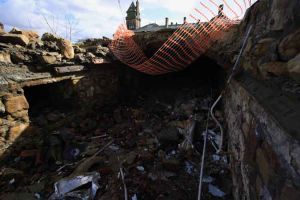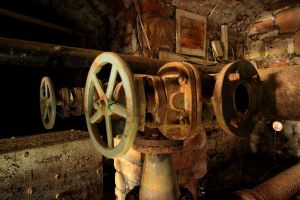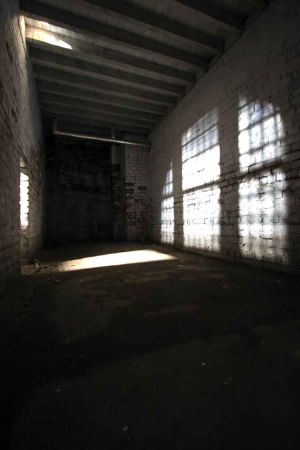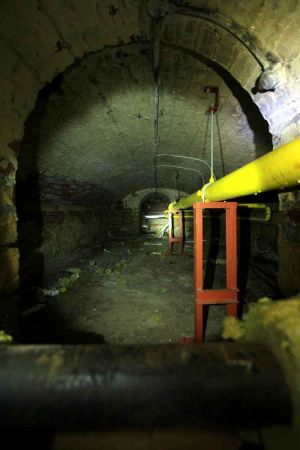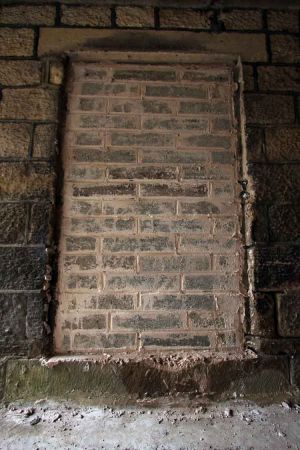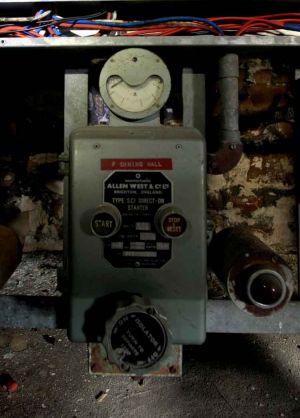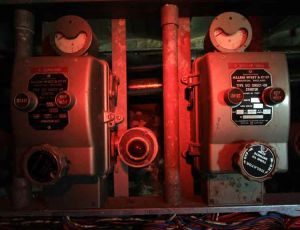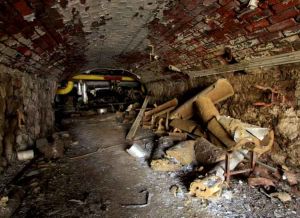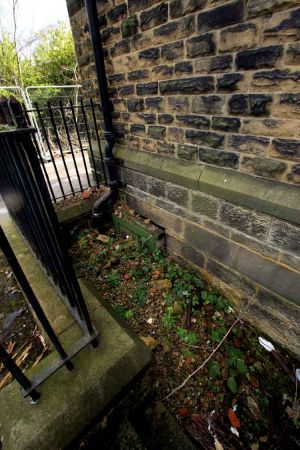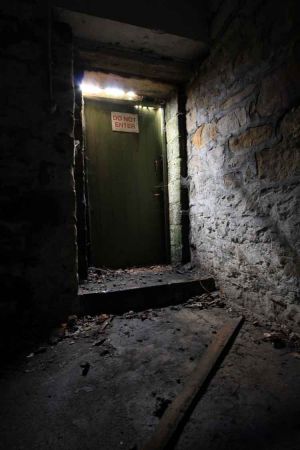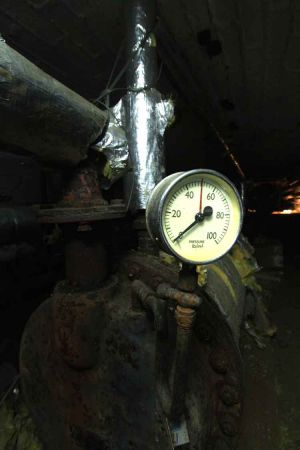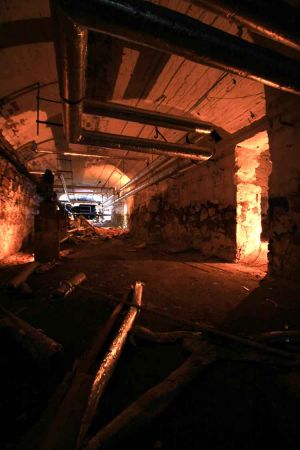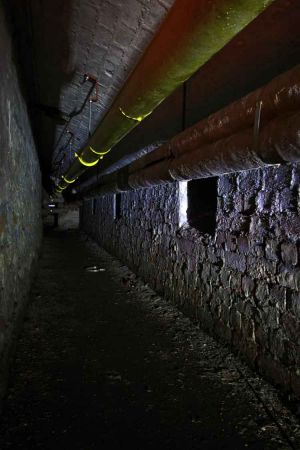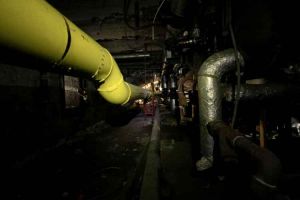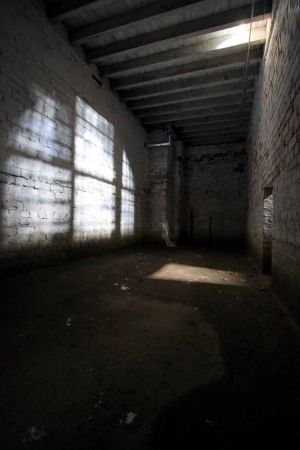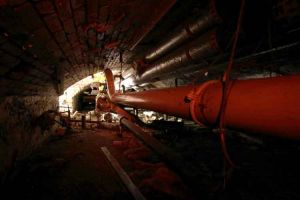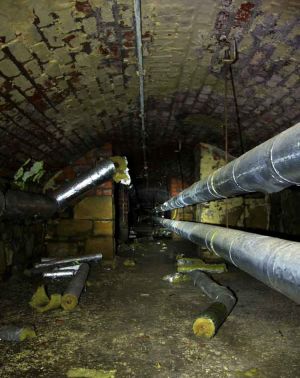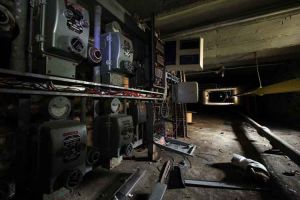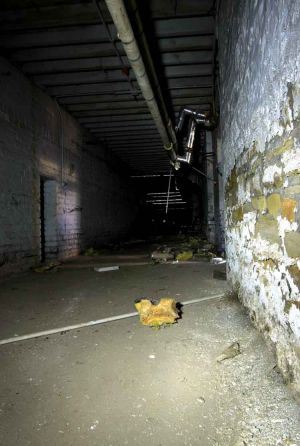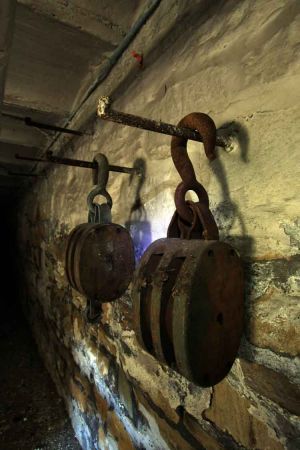High Royds – built by Whitaker Brothers (Horsforth)
The Whitaker family moved into Cornmill Fold in the 1850’s.
The first was Benjamin Whitaker, who came from Wigan in Lancashire, described as a “master Stone Merchant”. He had four sons Samuel, Benjamin, Thomas & Matthew, who were all involved in the family business of stone quarrying, stone merchants and contractors.
(Horsforth has a long history of stone quarrying – Horsforth stone was used in the building of Kirkstall Abbey in the 12th century).
The Whitaker brothers can be found on the 1881 census living in 4 houses on Outwood Lane, and their father in the village of Pool.
Sad times as High Royds finally closes its doors after 115 years
From the Telegraph & Argus, first published Thursday 20th Feb 2003.
THE closure of High Royds Hospital next week will mark the end of an era for the many people involved with it.
The grand building will close its doors for the final time on Tuesday shutting away 115 years of history.
High Royds opened in Menston on October 8, 1888, as the West Riding Pauper Lunatic Asylum with 1,526 patients.
It was the third such asylum to be built in Yorkshire and has provided an extended family for many employees over the years.
Its self-sufficient way of life meant patients and employees had no need to leave the grounds and it developed into a close community.
Nurse Sandra Biss is the third generation of her family to work at High Royds and has been there for the last 19 years.
For her the closure of the hospital also represents losing a piece of her family history.
“My grandmother and my mum worked at the hospital spanning more than half century,” she said.
“My grandmother was a nurse there in the Second World War when they were treating servicemen for burns and shell shock.
“It is a shame it is closing as it is a nice place. I have enjoyed working there. It does feel like I am losing part of my family’s history with us all working there. I have grown up with it.
“It was like having an extended family, from the cleaners to the nurses. We all worked together helping each other.
“I originally started working in a factory and I thought High Royds would be a challenge so I went and asked for a job on the off chance and I got it. I didn’t intend to follow my mum into nursing.”
However, the 49-year-old from Otley said her initial impression of the hospital was not good.
“The first three to four months there were awful. I hated it. It was very hard work and a bit depressing seeing the patients,” she said.
“But everyone was very friendly and I soon grew to enjoy it. For the first six months I left the hospital by a different entrance everyday. There were so many doors that I would try to find a new one every day.
“I will miss everyone. We were like a big family working there. I will really miss going up there because it was like home. I used to cycle to work from Otley every day.”
Her memories range from having to deal with three to four deaths a week in winter to taking out patients’ false teeth.
Sue Greenwood worked at High Royds as a nurse and recalls having fun with her colleagues in the middle of the night.
“When all the patients were asleep we used to take the porters’ laundry trucks at 2am and have races through the corridors. The corridors are very long and it was great fun. We would be very nervous in case matron caught us.
“It was fun working there. I lived there in the student quarters and we were like a family.”
Also losing part of his family history is Denis Whitaker, the grandson of Sam Whitaker, one of four brothers from Horsforth who were given the contract to build the asylum.
The 95-year-old, of Huby, has described its closure as a sad day.
“The Whitaker Brothers were the contractors chosen in 1887 to build the hospital,” he said. “The stone to build it came from Pool Bank Quarry, which my family owned.
“They built their own private railway from the quarry to ferry the stone – you can still see the remains of the railway bridge on Leeds Road at one of the bends before reaching the Dyneley Arms.
“There were also eight houses there which my family built for their employees. They cost £40 to build and now they are worth a fortune.
“My earliest memory of the hospital is its square tower with the clock facing every way. In the 1950s the main hospital had a French looking roof – it was orange and red and was tiled.
“When the sun shone, it looked so beautiful. I went there when I was younger going in the front gate and up the beautiful drive. It was most impressive.
“It is a great shame it is closing because it is a fine building and looks so beautiful. It is a pity they have to change it.”
The remaining patients will be moved to The Mount in Leeds City Centre on Tuesday
